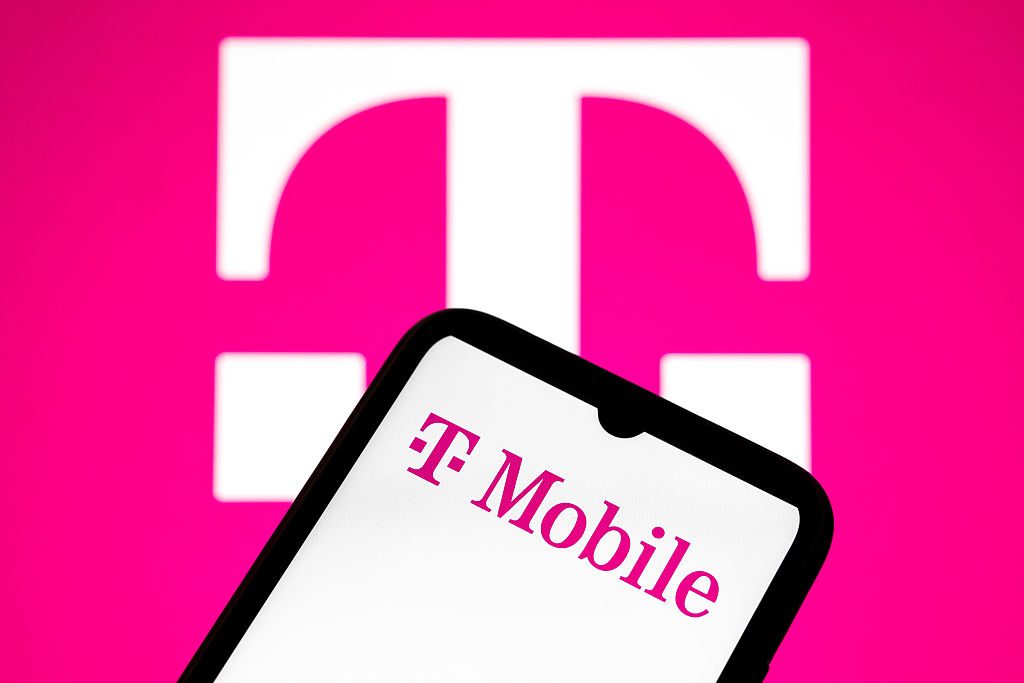Earn $500,000 in 2021? You May Still Have Time to Reduce 2021 Taxes
Some high-earning entrepreneurs and business owners have until Sept. 15 or even Oct. 15 to ramp up their retirement savings and possibly save big on their taxes at the same time.


Solo entrepreneurs, business owners and professionals often work days, nights and weekends. They may not have time to put together a financial plan that would save a significant amount of their income for retirement while also cutting their taxes by possibly tens of thousands of dollars each year. But it’s easy to do – and for some there is still time to do this and file your 2021 taxes on time if you filed an extension.
Consider this scenario:
You work as a doctor, attorney, real estate professional or tech company owner and earned $500,000 in 2021. If you are married and file a joint return, you and your spouse will pay a marginal income tax rate of 35% in federal income taxes alone on part of your earnings. At a 35% marginal tax rate, a $50,000 retirement contribution would save you $17,500 in federal income taxes.
From just $107.88 $24.99 for Kiplinger Personal Finance
Become a smarter, better informed investor. Subscribe from just $107.88 $24.99, plus get up to 4 Special Issues

Sign up for Kiplinger’s Free Newsletters
Profit and prosper with the best of expert advice on investing, taxes, retirement, personal finance and more - straight to your e-mail.
Profit and prosper with the best of expert advice - straight to your e-mail.
If you have a calendar-year partnership or S Corporation and filed an extension, you have until Sept. 15 to file the 2021 federal business return. If you have a Schedule C on your Form 1040 and filed an extension, you have until Oct. 15 to file your 2021 federal income tax return. This gives you plenty of time to start one or more new retirement savings plans – a way to build long-term wealth – while potentially making a huge dent in your tax bill.
Here’s a quick summary of some of the retirement plans available to you:
A Simplified Employee Pension (SEP)
A SEP allows a small-business owner to set up and contribute to a SEP Individual Retirement Account (SEP IRA). Contributions to a SEP are limited to approximately 20% of your net earnings from self-employment (or 25% of your W-2 wages if you have an S Corporation) with a limit of $58,000 for 2021 and $61,000 for the 2022 tax year.
Business owners who haven’t yet filed their 2021 returns still have time to contribute to one of these plans until the extended due date.
A Solo 401(k) Retirement Plan
This is a retirement account designed for self-employed business owners with no other employees (besides a spouse). While the deadline has passed to make an “elective deferral” contribution for the 2021 tax year, there is still time to make an election to adopt a plan for the 2021 tax year, which would allow the “employer” contribution for 2021.
If you were paid a sufficient salary or had sufficient net earnings from self-employment (depending on entity type), the “employer” can contribute up to $58,000 for the 2021 tax year and $61,000 for the 2022 tax year. In future years when an “elective deferral” is possible, a catch-up contribution of an extra $6,500 is available for those 50 or older.
Cash Balance Plans
Cash balance plans give one more option for retirement and tax savings for solo business owners with high incomes – such as those already maximizing the 401(k) plan or SEP IRA. If you extended your return, you have until Sept. 15 to still make contributions to a cash balance plan for the 2021 tax year (a Schedule C does not get an extra month like the other plans).
These plans are different from SEPs and 401(k)s because they are defined benefit plans instead of defined contribution plans and will require a contribution each year. The maximum amount you can contribute is dependent on your age and the terms of the plan (you work with an actuary to determine the contribution), but over time may allow larger and larger contributions. These plans can be combined with a 401(k) to allow even higher contributions, though you will have to coordinate the overall contributions between the plans.
With a combined plan, you could be contributing more than $100,000 annually to retirement (and sometimes much more). In addition to helping a solo owner quickly build wealth, a cash balance plan has other benefits. For example, once the owner retires, they have the option of taking these savings in an annuity spread out over several years or as a lump sum, which can be invested.
It's clear that by contributing to one or more of these plans, entrepreneurs and solo small-business owners can generate the savings and investment returns they will need to comfortably retire. I recommend to my clients that they contribute at least 10% to 15% annually, enabling them to accomplish that goal.
Profit and prosper with the best of Kiplinger's advice on investing, taxes, retirement, personal finance and much more. Delivered daily. Enter your email in the box and click Sign Me Up.

As a financial adviser and CERTIFIED FINANCIAL PLANNER™ professional at Moneta, Maggie Rapplean brings an entrepreneurial spirit that helps her connect with other business owners and next-gen investors, as well as 401(k) plan sponsors. She focuses on family financial planning, financial planning for women, business financial planning and financial planning for couples. With nearly a decade of experience, Maggie delivers financial education to retirement plan participants and her clients with the goal of increasing financial literacy and retirement readiness. She graduated Summa Cum Laude from the University of Missouri – St. Louis, earning her bachelor’s in Business Administration and is currently earning her MBA at UMSL.
-
 The Retirement Donor's Checklist: Key Deadlines by Gift Type
The Retirement Donor's Checklist: Key Deadlines by Gift TypeRetirees have some charitable contribution options that can help avoid spikes in income from RMDS and capital gains.
-
 Cooler Inflation Supports a Relief Rally: Stock Market Today
Cooler Inflation Supports a Relief Rally: Stock Market TodayInvestors, traders and speculators welcome much-better-than-hoped-for core CPI data on top of optimism-renewing AI earnings.
-
 Are T-Mobile's Prepaid Perks a Home Run or a Strikeout?
Are T-Mobile's Prepaid Perks a Home Run or a Strikeout?T-Mobile's prepaid lineup promises MLB.TV, T-Mobile Tuesdays and hotspot data. But do the perks make it worth switching?
-
 5 Smart Things to Do With Your Year-End Bonus, From a Financial Professional
5 Smart Things to Do With Your Year-End Bonus, From a Financial ProfessionalAfter you indulge your urge to splurge on a treat, consider doing adult things with the extra cash, like paying down debt, but also setting up a "fun fund."
-
 Are You a Gen X Investor? Here's How You Can Protect Your Portfolio From an AI Bubble
Are You a Gen X Investor? Here's How You Can Protect Your Portfolio From an AI BubbleAmid talk of an AI bubble, what's the best course of action for investors in their 50s and 60s, whose retirement savings are at risk from major market declines?
-
 Hey, Retirees: Put Your Charitable Gifts in a Donor-Advised Fund (and Enjoy Your Tax Break)
Hey, Retirees: Put Your Charitable Gifts in a Donor-Advised Fund (and Enjoy Your Tax Break)A donor-advised fund is a simple (really!), tax-smart strategy that lets you contribute a large, tax-deductible gift now and then distribute grants over time.
-
 If You're a U.S. Retiree Living in Portugal, Your Tax Plan Needs a Post-NHR Strategy ASAP
If You're a U.S. Retiree Living in Portugal, Your Tax Plan Needs a Post-NHR Strategy ASAPWhen your 10-year Non-Habitual Resident tax break ends, you could see your tax rate soar. Take steps to plan for this change well before the NHR window closes.
-
 Your Year-End Tax and Estate Planning Review Just Got Urgent
Your Year-End Tax and Estate Planning Review Just Got UrgentChanging tax rules and falling interest rates mean financial planning is more important than ever as 2025 ends. There's still time to make these five key moves.
-
 What Makes This Business So Successful? We Find Out From the Founder's Kids
What Makes This Business So Successful? We Find Out From the Founder's KidsThe children of Morgan Clayton share how their father's wisdom, life experience and caring nature have turned their family business into a respected powerhouse.
-
 Past Performance Is Not Indicative of Your Financial Adviser's Expertise
Past Performance Is Not Indicative of Your Financial Adviser's ExpertiseMany people find a financial adviser by searching online or asking for referrals from friends or family. This can actually end up costing you big-time.
-
 I'm a Financial Planner: If You're Not Doing Roth Conversions, You Need to Read This
I'm a Financial Planner: If You're Not Doing Roth Conversions, You Need to Read ThisRoth conversions and other Roth strategies can be complex, but don't dismiss these tax planning tools outright. They could really work for you and your heirs.